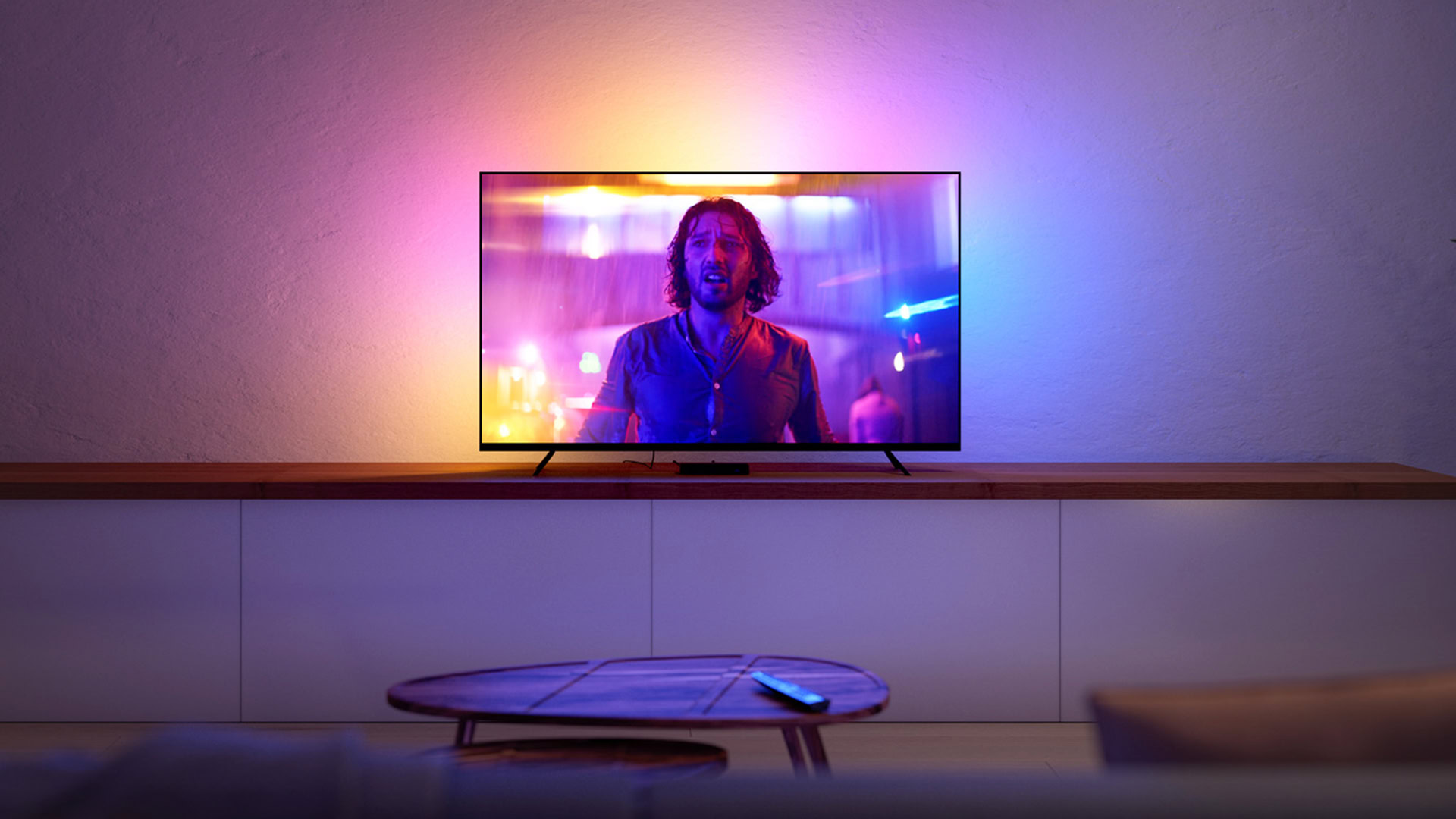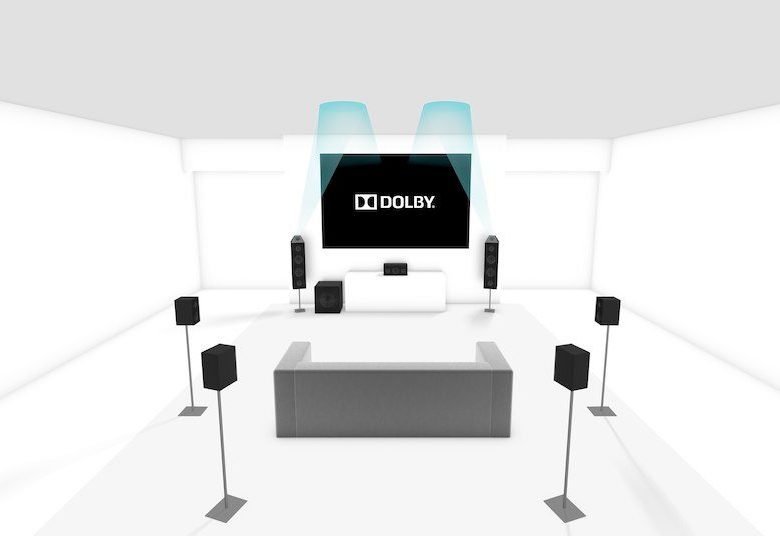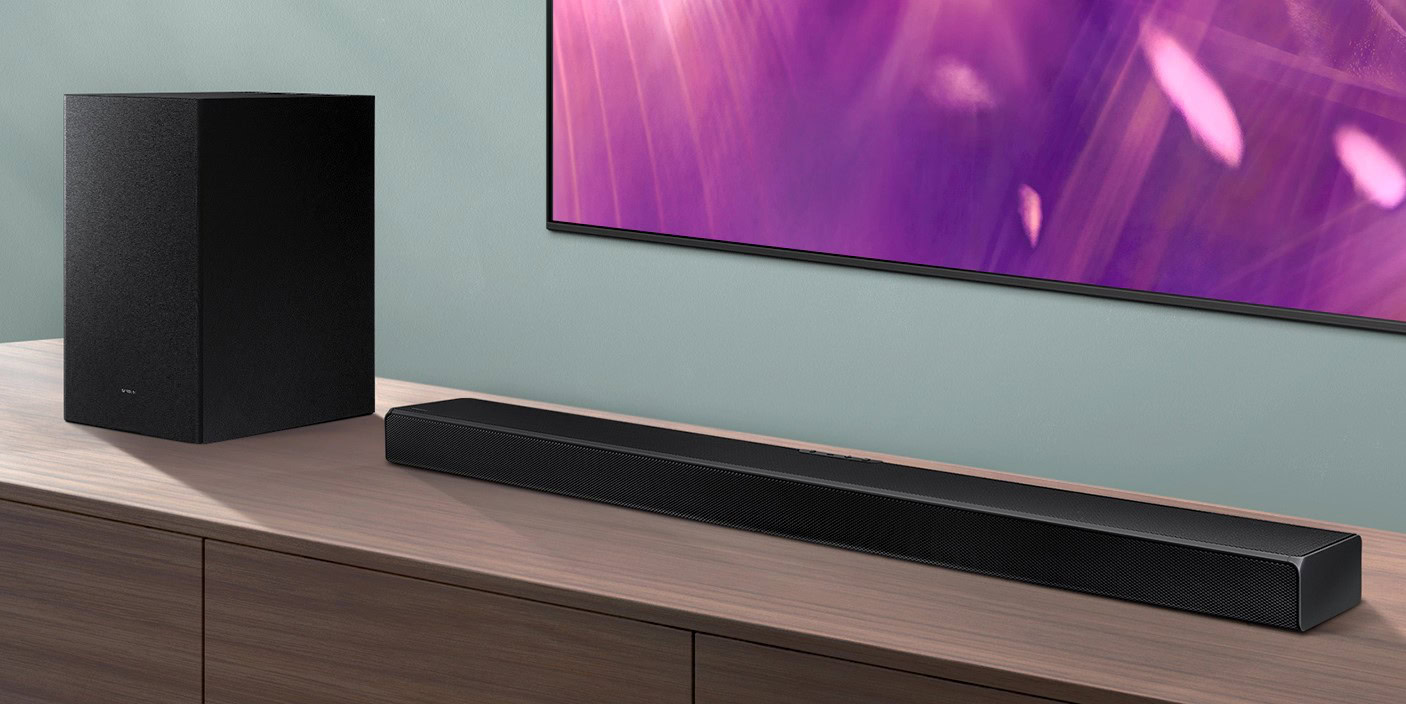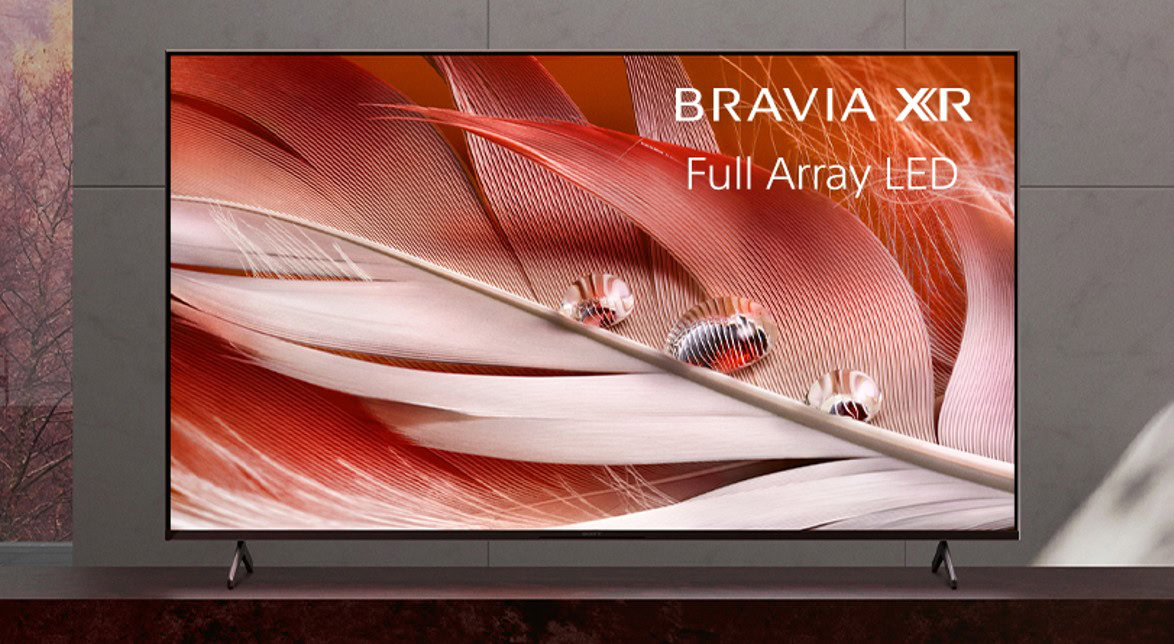Affiliate links on Android Authority may earn us a commission. Learn more.
Dolby Atmos, Dolby Vision, and IMAX Enhanced: What's the difference?

When it comes to at-home recreations of movie theaters, you can either opt for the Dolby Vision HDR standard or IMAX Enhanced. What’s the difference between these two technologies, and which one should you choose? Here’s cover what you need to know about these two home theater standards and which one might be right for you.
Dolby Atmos vs Dolby Vision

If there’s one name heavily associated with surround sound, it’s Dolby. So when it comes to Dolby Atmos vs. Dolby Vision, what’s the difference? Good question.
Dolby Atmos represents an extension of the typical 5.1 and 7.1 surround sound setups. For home theater purposes, you need to know that it usually ends up with two to four additional ceiling speakers added to a 5.1 or 7.1 setup. This helps create an exceptionally immersive soundscape because Atmos is an object-based standard. Basically, sounds are represented as objects that can move around and change in the process of being played back. As a result, they’ll travel across the speakers in your setup to create an immersive, realistic experience. For more on that in particular, read our article about spatial audio.
Dolby Atmos doesn’t mean much for visual content, however. Most media you’ll find with Atmos soundtracks will be HD or 4K, but the standard itself doesn’t define much in that regard. For that, there’s Dolby Vision. It also establishes the brightness, color gamut, editing, and mastering process to ensure both video and audio are top-notch.
Like any home theater standard, you'll need content created with Dolby Vision in mind.
You’ll need a compatible television and equipment to take advantage of Dolby Vision. And you’ll need Dolby Vision-compatible content. You can find programs with Dolby Vision support through Apple TV, Netflix, Disney Plus, and Vudu if you want to stream.
Dolby vs IMAX: What is IMAX Enhanced?
We know what Dolby is all about. What about Dolby vs IMAX? IMAX Enhanced presents a slightly larger picture compared to other standards. It employs many of the same audio ideas as Dolby Atmos and Dolby Vision, except it uses DTS:X audio technology. You still get object-based surround sound and the immersive experience it provides. Of course, you’ll need content compatible with IMAX Enhanced. You’ll also need a compatible TV and equipment to get the whole experience.
However, this larger picture is not upscaled or recut. Instead, it’s the original picture before it was cut down to a wider aspect ratio during post-production. You can enable or disable this option as you wish with IMAX Enhanced.
IMAX Enhanced gives you a taller picture, eliminating top and bottom black bars on most TVs.
You’ll still see this larger picture on televisions not explicitly created for the standard, but there’s more to the standard than that. Like Dolby Vision, it also defines color settings, brightness, and other aspects of the picture. If your TV is not IMAX Enhanced-compatible, you won’t experience those benefits.
Overall, the two standards are pretty comparable technically. Both give you immersive, realistic sound and an enhanced picture. Where IMAX Enhanced most differs is in support from streaming services. So far, Disney Plus, Bravia Core, RakutenTV, iQiyi, and Tencent support the standard.
Dolby Vision vs IMAX Enhanced: Which one should I choose?

The decision between Dolby Vision and IMAX Enhanced will come from your equipment and streaming services selection. Dolby Vision might suit you better if your content lives across several platforms. IMAX Enhanced gives you a bigger picture that can be pretty impressive, but it’s currently limited in your selection of streaming content. Once you decide on a standard, be sure to buy the right equipment and play content that will work with it to take full advantage of everything.
FAQs
Sony and LG support Dolby Vision, as do lesser known manufacturers like Vizio and TCL.
A few models from Sony, TCL, and Hisense support IMAX Enhanced in addition to other formats like Dolby Vision. However, you can benefit from the taller IMAX aspect ratio on most TVs via streaming services like Disney Plus.
